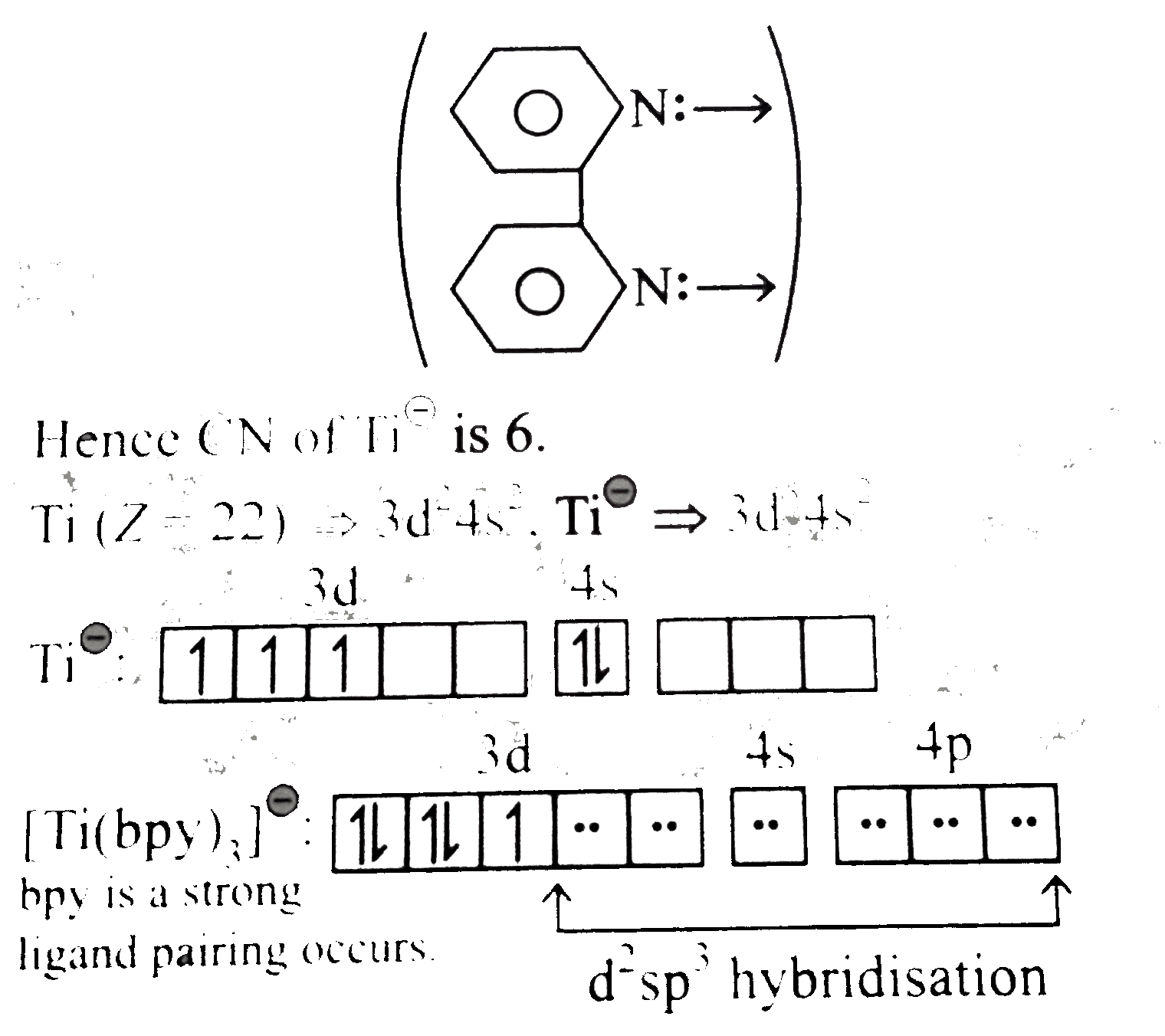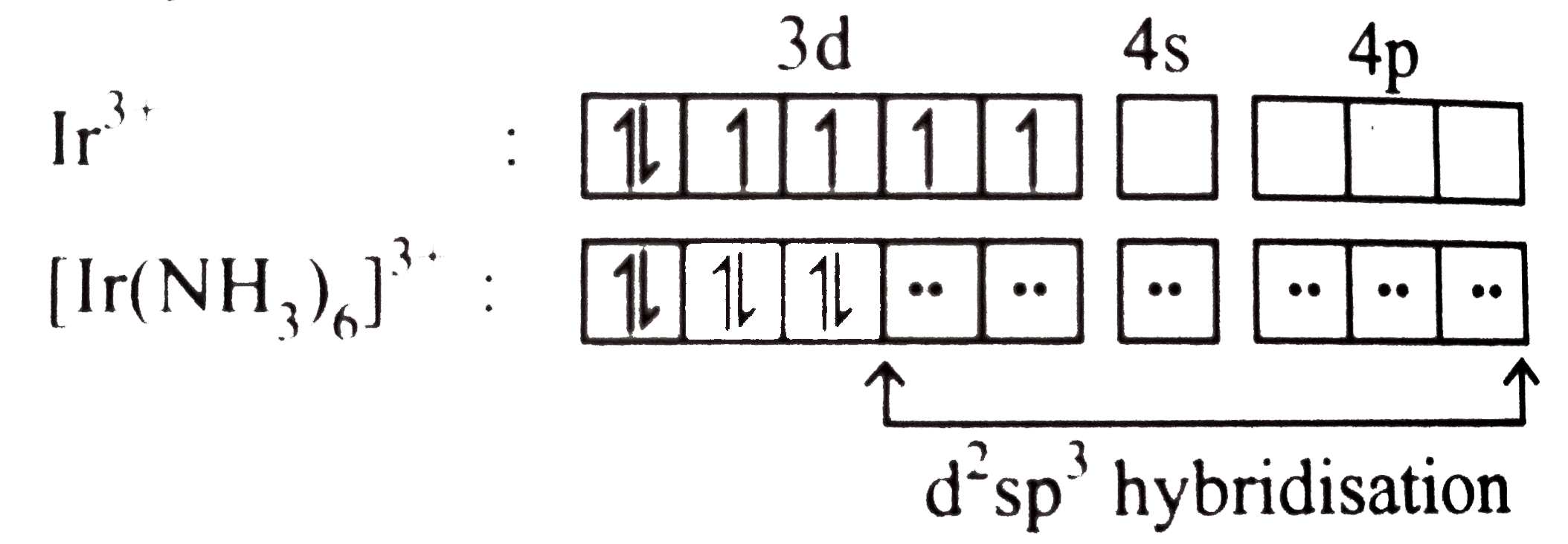Text Solution
Verified by Experts
|
Topper's Solved these Questions
COORDINATION COMPOUNDS
CENGAGE CHEMISTRY|Exercise Ex 7.2 Objective|8 VideosView PlaylistCOORDINATION COMPOUNDS
CENGAGE CHEMISTRY|Exercise Exercises Linked Comprehension|39 VideosView PlaylistCOORDINATION COMPOUNDS
CENGAGE CHEMISTRY|Exercise Ex 7.1 Objective (Isomerism)|12 VideosView PlaylistCHEMICAL KINETICS
CENGAGE CHEMISTRY|Exercise Archives Subjective|23 VideosView PlaylistD AND F BLOCK ELEMENTS
CENGAGE CHEMISTRY|Exercise Archives Subjective|29 VideosView Playlist
Similar Questions
Explore conceptually related problems
Knowledge Check
Similar Questions
Explore conceptually related problems
CENGAGE CHEMISTRY-COORDINATION COMPOUNDS-Ex 7.2 Subjective
- One the basis of VBT answer the following complex ions (i) [Ti(bpy)(...
12:04
|
Playing Now - Identify the complex which are coloured and which are colourless Expla...
03:53
|
Play - Write the IUPAC nomenclature of the given complex along with its hybri...
05:08
|
Play - On the basic of CET explaine the following complex of Co^(3+) like [Co...
03:10
|
Play




